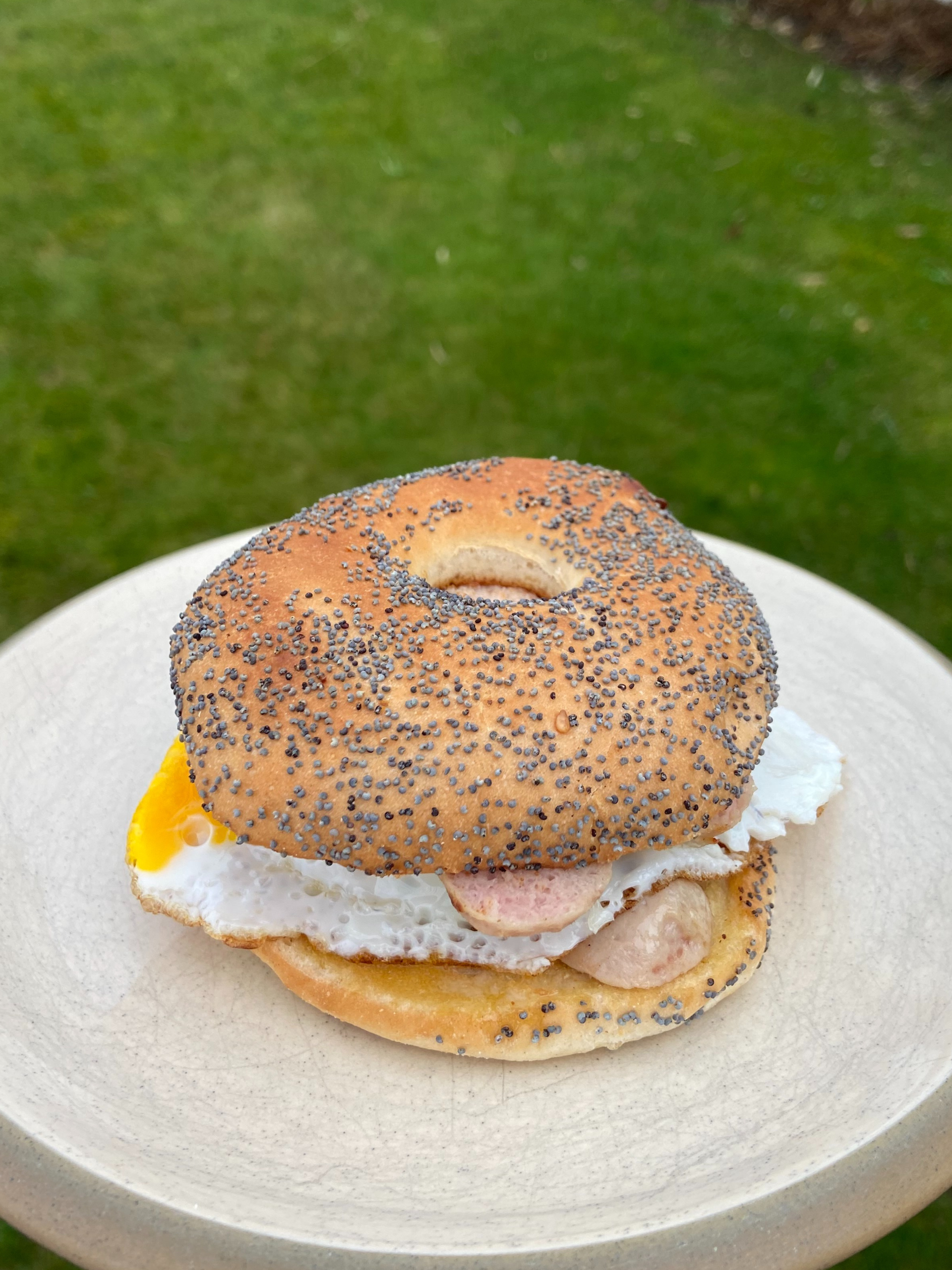Strategic Grocery Shopping in the New Year
It is quite easy to get lost in our routines of everyday life and forget that our everyday behaviours actually shape our health. With January often comes heightened motivation, you will hear talk of starting fresh in the new year and New Years resolutions but while people may be able, willing and motivated to initiate a change in behaviour in the new year, oftentimes, they will not maintain it over time and before long, will have fallen back into the same patterns of behaviour from the previous year (Michie, van Stralen, & West, 2011; Dombrowski, Knittle, Avenell, Araujo-Soares, & Sniehotta, 2014). Motivation can not be sustained, life is constantly changing and other things will be prioritised, the new behaviour will seem less important and maybe even not worthwhile or boring and so it is forgotten about and we resort back to our old ways.
When aiming to improve your nutrition habits, many overlook the importance of a strategic food shop. Frequently, we find when clients do a weekly shop without a clear plan, it results in a collection of random foods that don’t align for meal preparation. This often leads to frustration, reliance on convenient alternatives, and excessive food waste.
“Think on paper. Every minute you spend on planning can save you 5 or 10 minutes on execution”- Brian Treacy, Eat that Frog

The food that you have in your kitchen undeniably affects the food choices you make during the week. This is particularly true when we are busy, stressed, or not mindful of our food choices, at these times, we are more inclined to make unhelpful choices that may not be optimal for helping us achieve our goals or getting the most out of our next training session.
Not only does making a shopping list help us to make better food choices throughout the week but it also:
- Saves money
- Saves time
- Reduces food waste
- Helps us to plan and time our meals
- Builds clarity and confidence
- Reduces distraction
- Empowers us
You want cooking and your meal preparation process to be an enjoyable, stress-free one. Returning home after a busy workday, feeling hungry, and entering the kitchen without a clear meal plan can be frustrating and make things more challenging.
Here is a 4 step guide to set you up for success to nail your nutrition.
Step 1: Know what’s around the corner.
Identify how many days you are shopping for and what is on during those days. This will allow you to plan what meals you need to prepare during those days and how much food you actually need to buy.
- When will you prepare your meals for these days?
- What days are you working and training?
- Will you need to eat on the go or will you have time to prepare or heat up the food somewhere?
- Will you need to batch-prepare any of your meals for these days?
- Will you have time to make breakfast in the mornings?
- Will you need to bring snacks on the go with you?
Step 2: Have a game plan
Now let’s look at what type of days you are shopping for and what your activity levels will be like on those days. This will help you plan what type of meals you will be preparing so that you can hit your carbohydrate, protein, and healthy fat targets on the right days.
When are you training? When are your rest and recovery days? What days are more challenging? When do you have time to cook? Do you have to prepare meals in advance for busy days?
Step 3: Get a step ahead of yourself
By having a plan in place and foreseeing challenges you are likely to encounter, you are putting yourself in a much better position to remain consistent with your nutrition and other habits that support your goal.
For example, Thursday is always a busy day at work, you know you won’t get out until late and you usually end up not eating enough on Thursdays and notice yourself feeling less fueled for training Thursday evening and less recovered on Fridays.
In order to prepare for that this week, could you prepare an extra portion of dinner and lunch on Wednesday with an extra portion of carbohydrates, so that you are not only recovered but fueled up?
Step 4: Give the food a place in your week
We have identified what is coming up this week.
Now it is your turn to pick out what meals you will have this week.
Key considerations when planning your meals
- How close to exercise will you be consuming the meal. Meals higher in fat and fibre are more suited to rest days or away from exercise.
- The protein source and content of the meal
- Is the meal contributing to your fruit and vegetable intake for the day
Now you know what days you are shopping for, what you will be doing on these days and what meals you have this week, you are ready to write your shopping list. Write out the ingredient list for these meals, check your cupboard and fridge to see what you already have.
Tips for writing a shopping list:
Break the list up into different categories based on the shop layout ie. fridge items, freezer items, dry foods, fresh fruit, and veg
Use the notes section of your phone when your shopping list is in a place that doesn’t change too much. This way you can check off what you already have and check what you need each week without having to write a new list. You may only need to add a few extra ingredients if you want to try something new that week. For most people that have a smooth system in place, the ingredients they buy each week wouldn’t change too much.
This is where creating a system is key – It builds routine and allows you to remove confusion and effort from the activity.
This may seem like a tedious task at the beginning. Yet, once you’ve established your primary meal rotation for the week, your shopping list becomes habitual, integrating meal planning seamlessly into your weekly routine.











